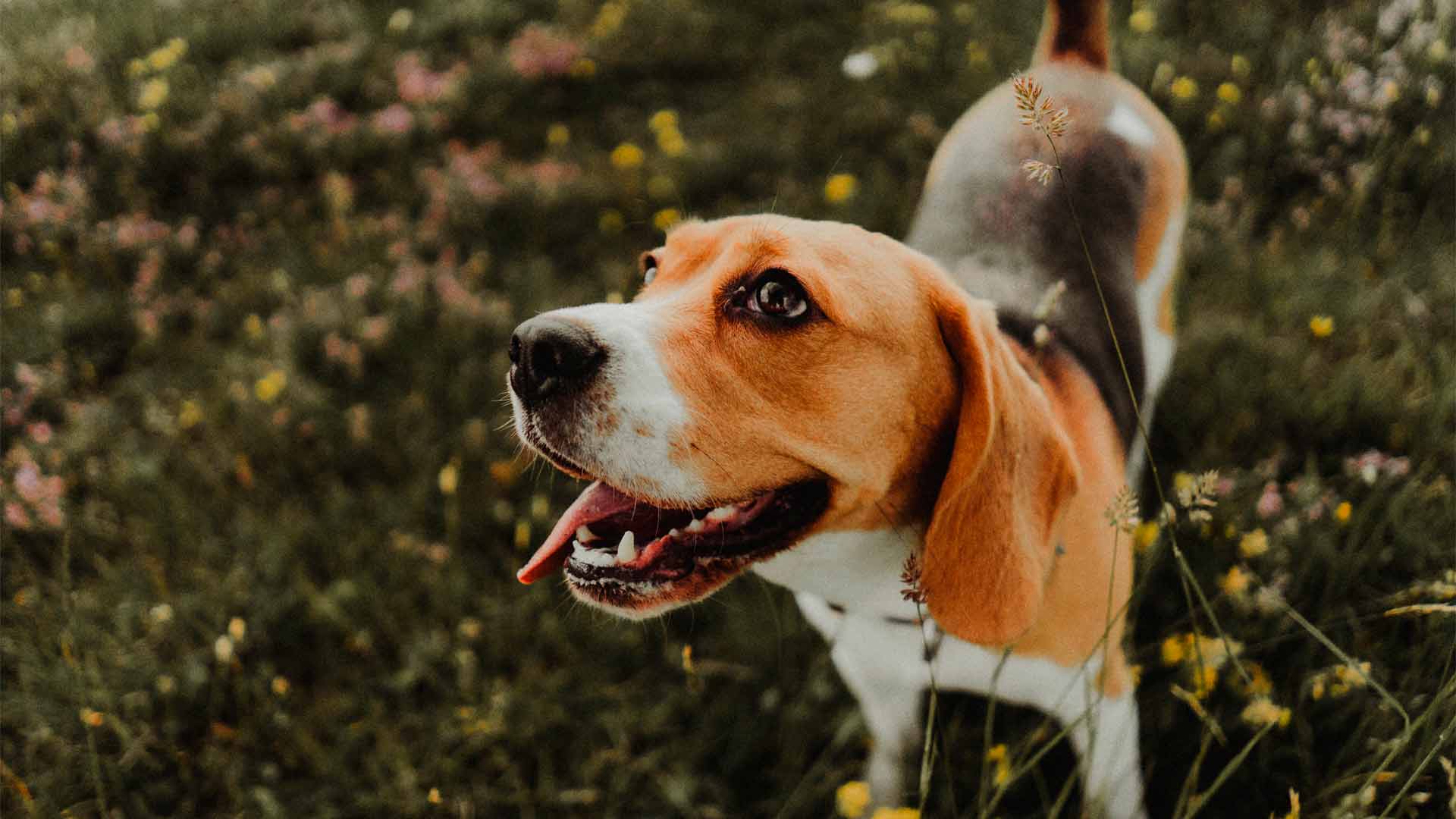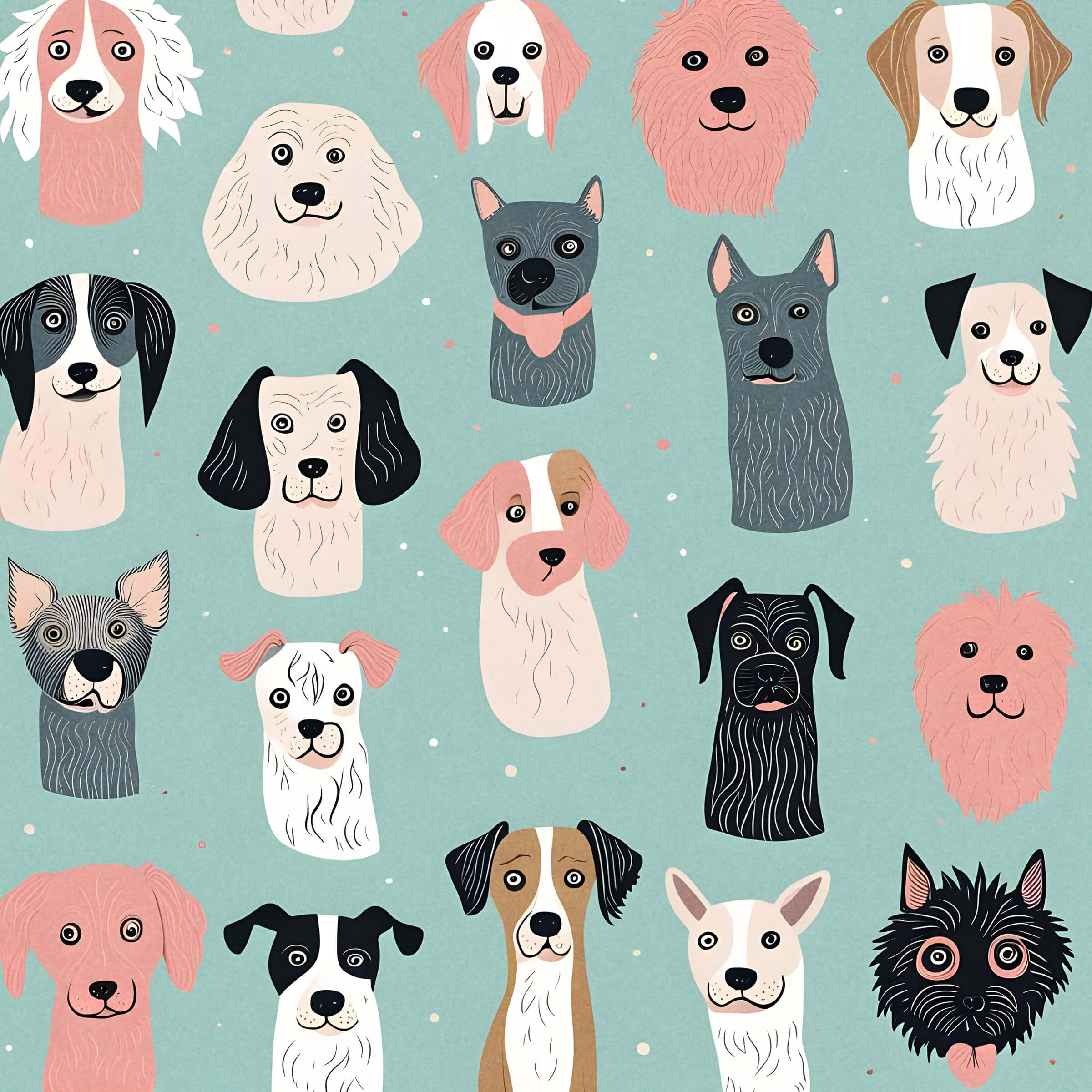Beagles and Their Endearing Howl: Unveiling the Complexities of Canine Vocalization
Introduction
The Beagle, a beloved breed known for its amiable nature and distinctive hunting abilities, has captivated hearts worldwide. Among its endearing characteristics, the hound's mournful howl holds a unique allure, evoking both curiosity and fascination. This essay will delve into the intricate world of Beagle howling, exploring its evolutionary roots, physiological underpinnings, and social significance. Through a critical examination of diverse perspectives and scholarly research, we will uncover the complexities of this captivating canine vocalization.
Evolutionary Origins and Hunting Instincts
The Beagle's propensity for howling can be traced back to its ancestors, the hunting hounds used for tracking game. In the wild, wolves and coyotes employ vocalizations as a means of communication, territorial marking, and prey location. These vocal signals, often long and drawn-out, allow pack members to maintain contact, coordinate their efforts, and warn potential threats. The Beagle, descended from these hunting canines, has inherited this vocal repertoire, using howling as a means of signaling to other pack members.
Physiological Mechanisms and Vocal Anatomy
The Beagle's characteristic howl is produced through a series of complex physiological mechanisms involving the larynx, lungs, and vocal cords. When air is expelled from the lungs, it passes through the larynx, causing the vocal cords to vibrate and produce sound. The shape and size of the Beagle's vocal anatomy, including the length and thickness of the vocal cords, contribute to its distinct howling pitch and duration.
Social Significance and Communication
Howling plays a significant role in Beagle social dynamics. Beagles may howl to communicate with pack members over long distances, especially when separated. This vocalization serves as a way to maintain contact, signal their location, and express loneliness or anxiety. Additionally, howling can be used as a form of greeting, excitement, or playfulness.
Anthropomorphism and Human Perception
Humans have long been captivated by the Beagle's howl. The mournful tone and emotional resonance of the sound have often been interpreted through an anthropomorphic lens, ascribing human-like emotions to the vocalization. This perception has led to cultural representations of the Beagle as a symbol of sadness, longing, and even supernatural events.
Criticisms and Controversy
While many find the Beagle's howl endearing, others have expressed concerns about the noise pollution it can create, especially in urban environments. Some critics argue that excessive howling can disrupt the peace of neighborhoods, causing annoyance and discomfort. This has led to debates over breed-specific noise ordinances and the appropriate use of anti-barking devices.
Ethical Considerations and Responsible Ownership
Owning a Beagle comes with the responsibility of managing its vocal behavior. As with any breed, proper training and socialization can help minimize excessive howling. Providing adequate exercise, mental stimulation, and companionship can reduce the likelihood of anxiety-related vocalizations. Responsible owners should also be mindful of their surroundings and use preventative measures to mitigate noise disturbances.
Conclusion
The Beagle's howl is an intricate and captivating vocalization that reflects the breed's evolutionary heritage, social dynamics, and human perceptions. While its emotional resonance and historical significance have endeared the Beagle to generations, it is essential to approach its vocal behavior with an understanding of its complexities and potential impact on others. Through responsible ownership, training, and a balanced perspective, we can celebrate the Beagle's unique vocalizations while ensuring the well-being of both canines and their human companions.
The complexities of Beagle howling raise broader questions about the relationship between humans and animals, the ethics of pet ownership, and our understanding of non-human communication. As we continue to explore the vocalizations and behaviors of animals, we deepen our appreciation for their remarkable diversity and strive to create harmonious coexistence between species.
Cavalier King Charles Spaniels And Their Need For Regular Exercise
Dachshunds And Their Remarkable Adaptability
The Genetics Behind Asian Semi-longhair Cats' Stunning Looks



